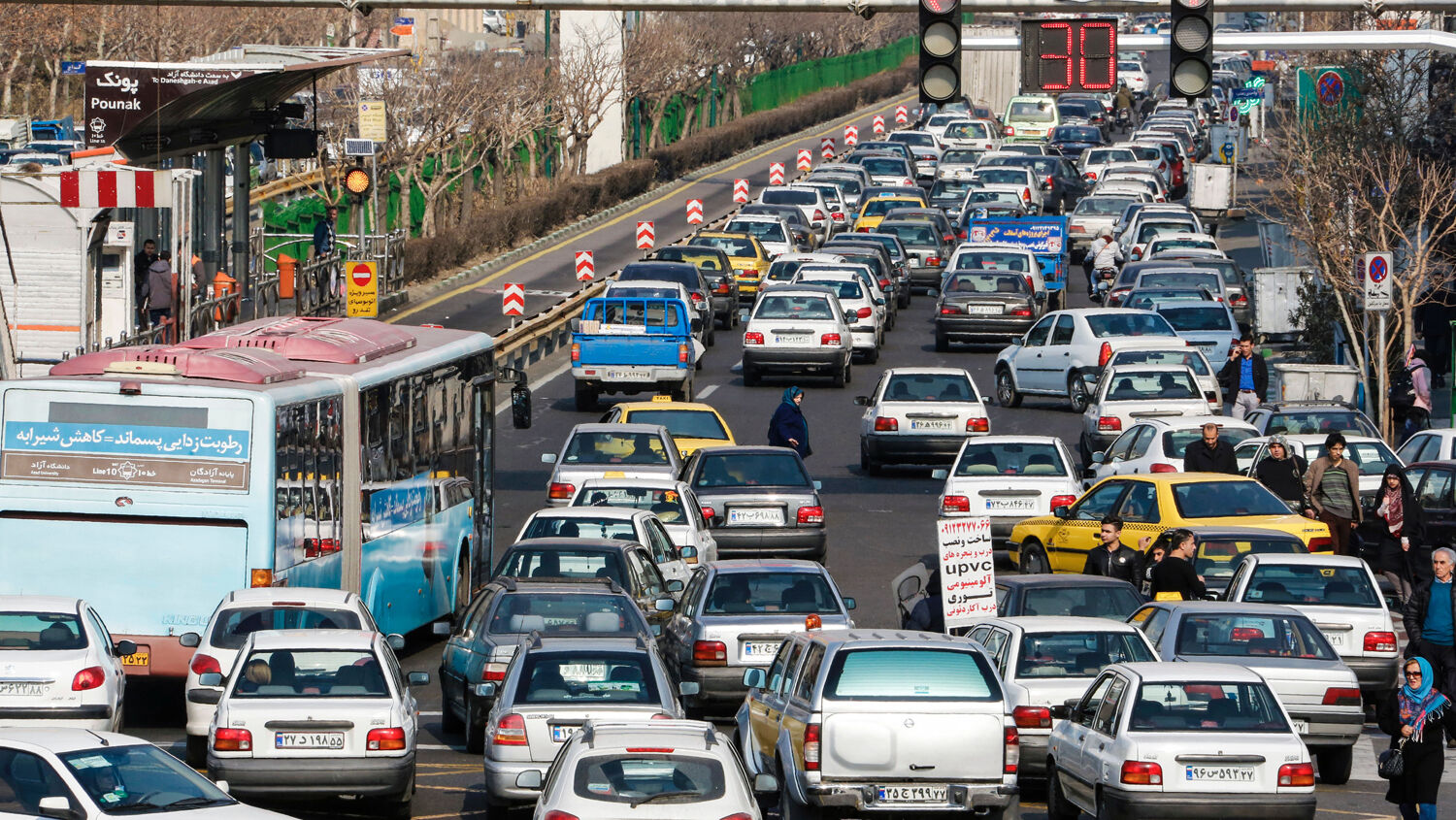
Iran’s Miracle Economic Recovery
Iran’s economy has achieved “an impressive recovery” since the nuclear deal was implemented at the beginning of last year, according to the International Monetary Fund (imf). In its annual report, Article IV Review, the imf revealed, “Directors commended the authorities for achieving an impressive recovery in economic growth after the lifting of nuclear sanctions in 2016.”
Before the imf goes patting Iranian authorities on the back, however, it should first look at where the money that facilitated this recovery came from—and, more importantly, where it is being spent.
Thank You, America
In the midst of its celebrations, Iran ought to take time to thank the Obama administration and the four unjustly imprisoned Americans it held. By ransoming the four prisoners on Jan. 16, 2016, Iran suddenly became $400 million richer—and could still look forward to receiving the remainder of the $1.7 billion deal.
The Obama administration called this $400 million part of a settlement for money the United States received from Iran in an unfulfilled weapons deal. The money was never returned after the 1979 Iranian Revolution. According to the administration, it was just coincidence that the money arrived the day—and hour—that American hostages left Iran.
But the $400 million plus the $1.3 billion in interest is just the beginning. Iran also needs to thank the tireless efforts of the Obama administration’s nuclear negotiating team. Its efforts helped bring Iran back into the global financial system. Since that time, Iran has increased its oil exports from 1 million barrels per day to 4 million. Oil exports to Asia have risen nearly 92 percent, according to Iranian state news.
Despite all this success, however, everyday Iranians remain poor. According to Iran Focus, 15 million of Iran’s 78 million people live in slums. Poverty is endemic, with the World Bank estimating that 9 percent of Iranians live below the poverty line.
For all the imf accolades and claims of “impressive recovery,” the benefits to everyday Iranians are hard to find. This raises the question:
Where Is the Money Going?
According to Commentary, Iranian Defense Minister Hossein Dehghan bragged last month that Iran’s domestic defense industry expanded by more than two thirds over the past three years. Dehghan claimed that the defense sector grew by 45 percent last year “in the field of armaments and weapons.”
This expansion is dwarfed by the 2016–2017 budget, which saw a 90 percent increase in military spending over last year.
When the nuclear deal was signed, then U.S. Secretary of State John Kerry admitted that at least some of Iran’s unfrozen cash would trickle to the military. “I think that some of it will end up in the hands of the irgc [Islamic Revolutionary Guard Corps] or other entities, some of which are labeled terrorists,” he said.
Take a guess what percentage of the $1.7 billion ransom payment ended up going to the irgc. The answer: 100 percent.
In an interview with Bloomberg View, associate fellow at the Foundation for Defense of Democracies Saeed Ghasseminejad said, “Article 22 of the budget for 2017 says the Central Bank is required to give the money from the legal settlement of Iran’s pre- and post-revolutionary arms sales of up to $1.7 billion to the defense budget.”
Of course, that $1.7 billion is just a portion of the $19 billion allocated to the military.
The largest benefactor from the budget was the irgc, whose allocation expanded 55 percent.
But there’s more. Access to the global financial system has also led to Iran exporting more oil. Iran has used this new access as an excuse to ink weapons deals with Russia and China. The $10 billion deal that Iran made with Russia is seeing Iran receive Russian T-90 tanks, artillery, planes and helicopters. This violates United Nations arms embargoes. Stockholm International Peace Research Institute wrote:
On 9 June 2010, Security Council Resolution 1929 … imposed further restrictions on arms exports to Iran. Resolution 1929 inter alia prohibits states to directly or indirectly supply … Iran with major conventional weapons as defined by the UN Register of Conventional Weapons—battle tanks, armored combat vehicles, large caliber artillery, combat aircraft, attack helicopters, warships, certain missiles and missile launchers.
But that is exactly what Iran is spending money on.
In 1994—more than two decades ago—Trumpet editor in chief Gerald Flurry wrote:
Iran is becoming a force in the Middle East! … I have believed for years that Iran will be the king of the south …. They are a very aggressive force that will be stopped only by a superior force!
Match that with his recent statements in the January 2016 Key of David program titled “America’s Nuclear Agreement With Iran”:
They [Iran] keep pushing and pushing, and they are going to push until they get into World War iii! … Now we have given them over $100 billion, and they can export more terror, and that is exactly what they will do.
How can such long-term forecasts be so accurate? For the answer, watch “The ‘King of the South’ in 90 Seconds.”
